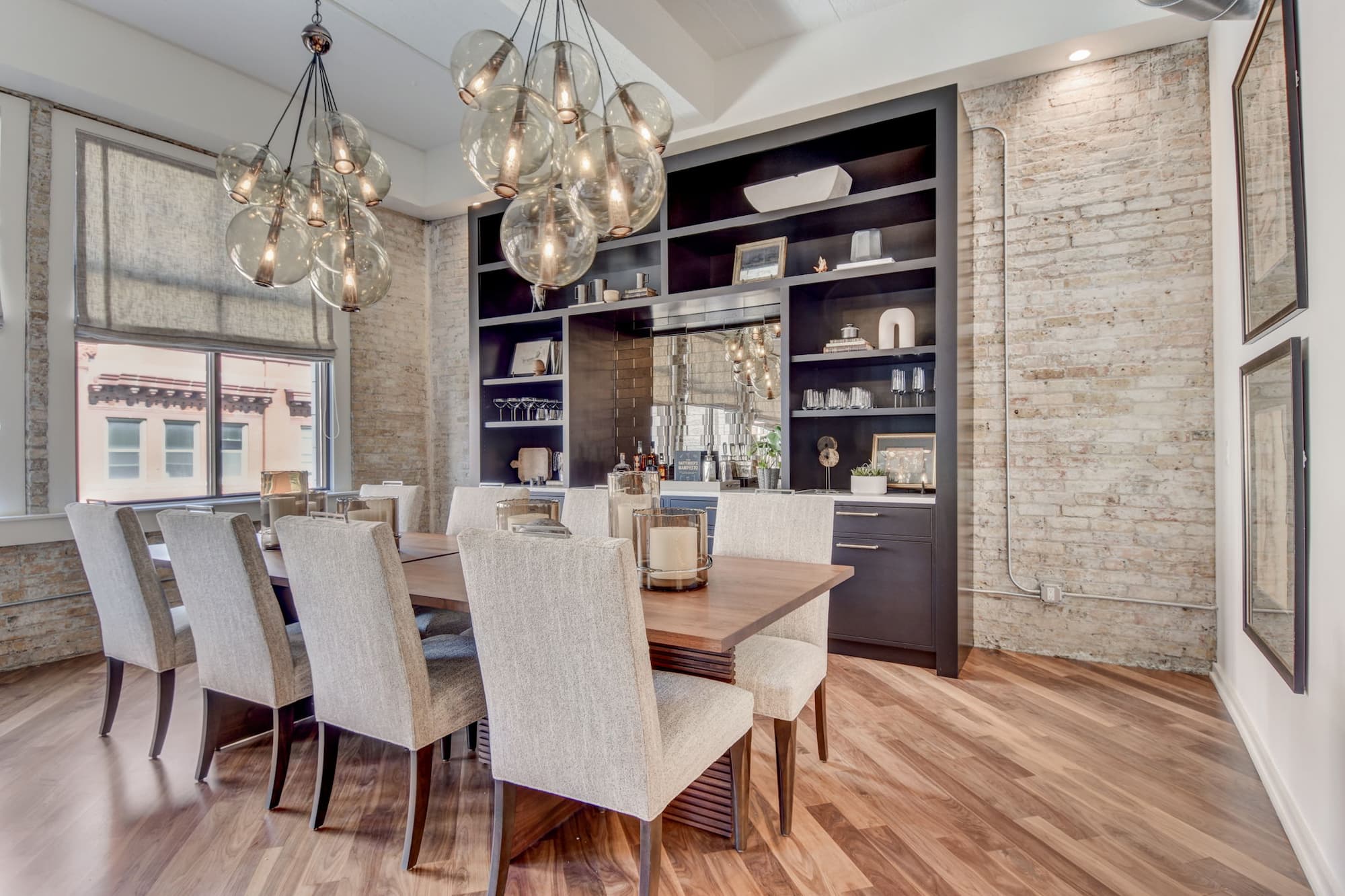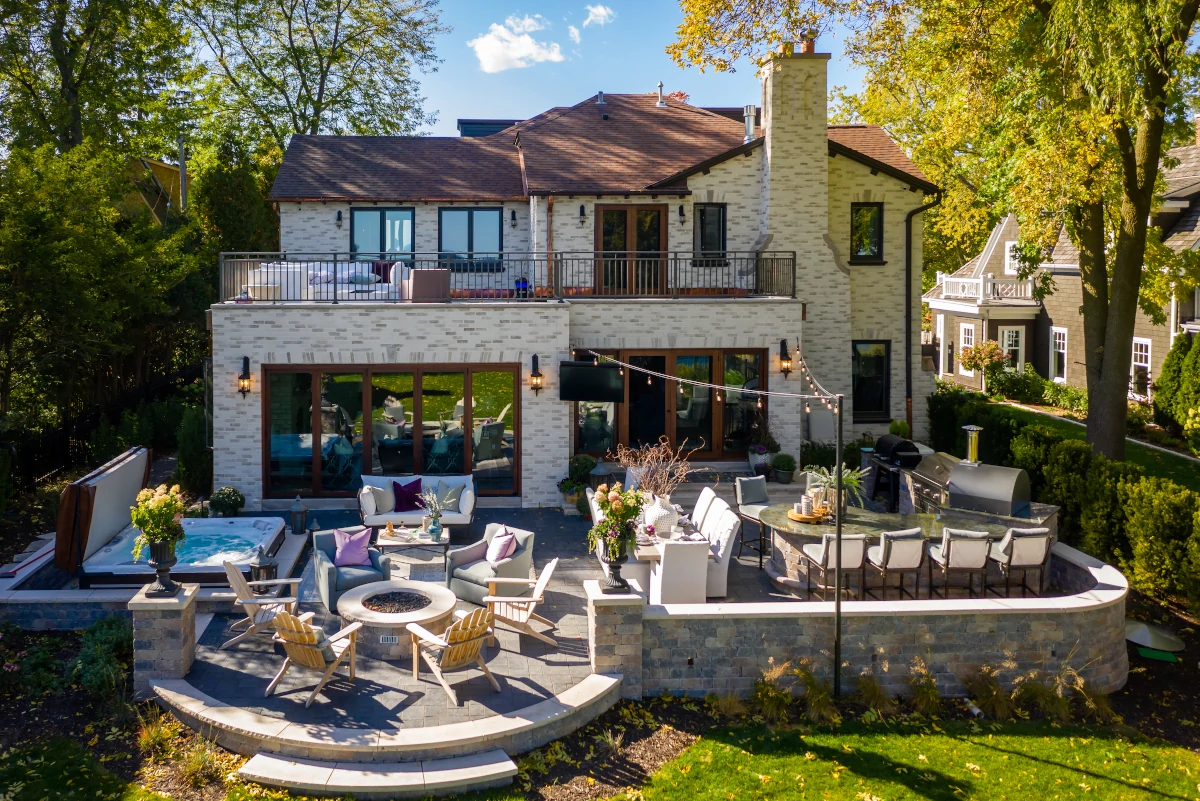Condos and houses, while both serving as places to call home, differ significantly in their structure, regulations, and logistical considerations. These differences can have a profound impact on how a remodeling project is planned and executed. Unlike houses, which often offer more flexibility and fewer restrictions, condos come with their own set of unique challenges, such as limited space, shared walls, and stringent HOA regulations.
By understanding these nuances, Milwaukee condo owners can better prepare for their remodeling projects and make informed decisions that align with their goals and the unique demands of their living space.
Condos vs. Houses
Condominiums are typically part of multi-unit buildings where each unit shares walls, ceilings, and floors with neighboring units. This shared-wall design means that condos generally have more limited space compared to houses, with a focus on maximizing the use of smaller areas. The compact nature of condos can present unique challenges when remodeling, such as restricted access for construction equipment.
In contrast, homeowners have greater flexibility to modify both the interior and exterior without the constraints imposed by shared walls or communal living regulations. This independence extends to the ability to make significant changes to the building’s layout, plumbing, and electrical systems. Regulatory differences mean houses are subject to local zoning laws and building codes, whereas condos must adhere to additional rules set by HOA boards and building management.
What to Consider When Remodeling a Condo

Logistics of Parking and Machinery Placement
Condos often have restricted parking areas and limited space for construction equipment. This can complicate the delivery and storage of materials and equipment, potentially leading to delays and additional costs. Working with a contractor experienced in condo remodels can help navigate these constraints and find creative solutions, such as scheduling work during off-peak hours or using smaller, more maneuverable equipment to minimize disruptions in shared spaces.
Permits from HOAs and Board of Directors
Homeowners generally have more autonomy than condo residents, who must adhere to the regulations set forth by their HOA. These associations oversee the management and upkeep of shared spaces and ensure that any modifications comply with community standards. The approval process can involve submitting detailed plans for review, attending board meetings, and adhering to specific guidelines related to design aesthetics, noise levels, and construction hours.
Limitations for Plumbing and Electrical Lines
Unlike houses, where homeowners can often modify systems with greater ease, condos are constrained by the original infrastructure shared among multiple units. This can limit the options for relocating fixtures or upgrading systems, as changes may need to be carefully coordinated to avoid impacting neighboring units. Strategies might include utilizing existing plumbing and electrical lines more efficiently, employing creative design solutions to work within the set parameters, and ensuring that all modifications comply with building codes and HOA regulations.
Is Remodeling a House the Better Option?

One of the main advantages of remodeling a house is the greater freedom and flexibility it offers. Unlike condos, houses are typically free from the constraints imposed by regulations and shared walls, allowing homeowners to undertake extensive renovations without needing to navigate additional approvals or restrictions. Additionally, houses generally provide more space for both living and remodeling, making it easier to incorporate major changes, such as expanding rooms or altering the home’s layout.
However, in some cases, a house remodel might be more feasible or beneficial due to fewer regulatory hurdles and more design flexibility. For instance, if your remodeling plans involve significant structural changes or the addition of new features, a house might be a more suitable option than a condo with its inherent limitations. Homeowners should carefully consider their long-term goals, budget, and the level of customization they desire.
The Best Remodeling Approach for Your Condo or House
Remodeling a condo differs significantly from remodeling a house due to the unique structural constraints, regulatory requirements, and logistical challenges associated with each type of property. Given their differences with houses, it’s crucial for condo owners to adopt a customized strategy that addresses the specific needs of their property.
Consulting with LaBonte Construction can provide invaluable expertise and ensure that your project meets both your vision and the practical requirements of condo living. By working with professionals who understand the intricacies of condo remodeling, you can navigate the process more smoothly and achieve a successful renovation that enhances your living space while respecting the unique aspects of your home.
Contact the team at LaBonte Construction today to get started on your house or condo renovation.
Check out pictures of our beautiful home remodels on Facebook and Houzz.

